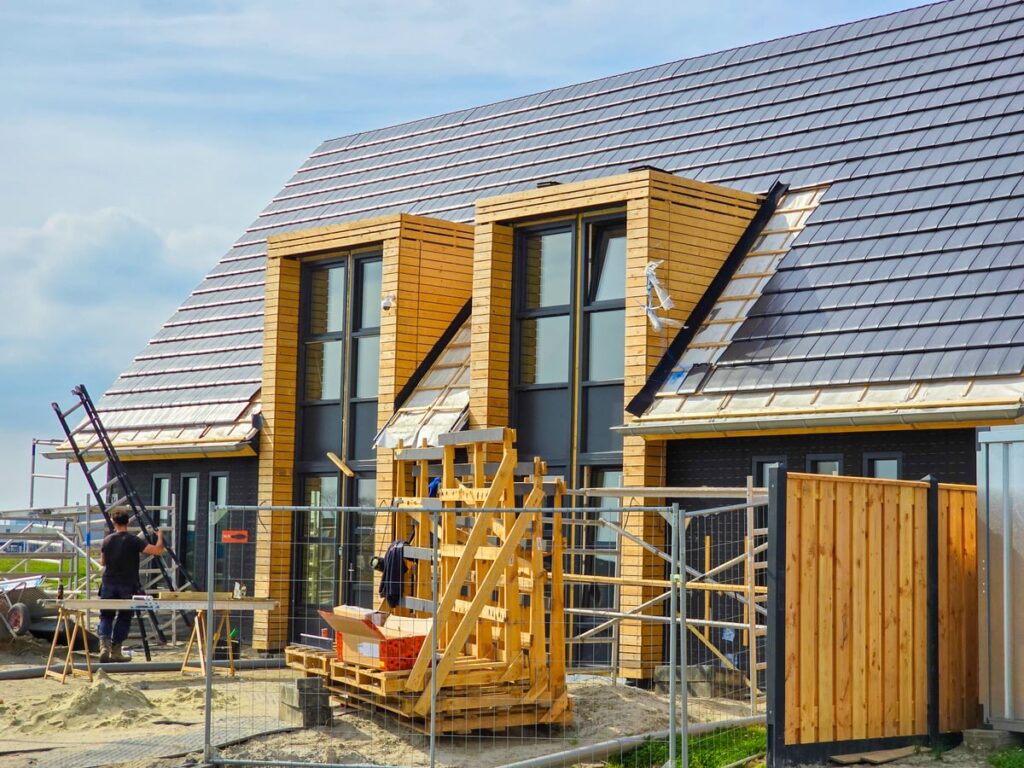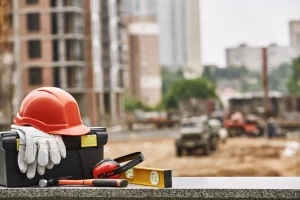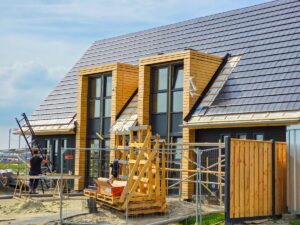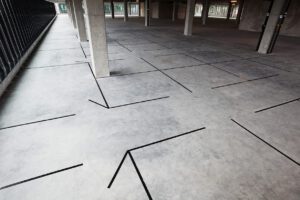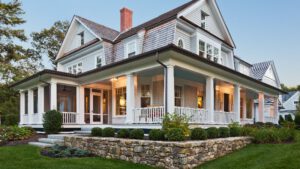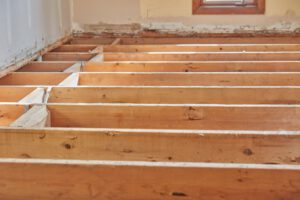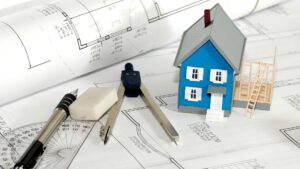Defining the Distinction
When you start your journey to own a home, you face a key decision about the age of the property – do you want a brand-new build or an existing older house? This choice has a big impact on things like cost, upkeep needs, energy savings, and how you’ll live in the home. To make a smart choice at this crossroads, you need to understand the basic differences between these two types of homes.
Fresh homes known as new builds, are houses built in recent years. These places showcase modern designs top-notch materials, and meet the toughest building rules and safety standards. On the flip side older houses also called existing or pre-owned homes, range from decades to hundreds of years old, each with its own unique story and feel.
Why New Builds Are Attractive
Brand New and No Repairs for a While
One of the best reasons to buy a brand-new house is that everything in it is fresh and unused. From shiny new appliances to spotless finishes, every part of the home feels new and clean. This means you’ll spend less on fixing things right away, as you can enjoy a home that doesn’t need repairs for several years. Experts in the housing market say that new homes cost much less to maintain than older ones. In fact, 73% of people who own new homes spend under £19 each month on upkeep in the first four years.
Energy Efficiency and Environmental Consciousness
At a time when people care a lot about the environment new houses have a clear edge. They use the newest advances in insulation tech, energy-saving windows, and green heating and cooling systems. These homes are built to cut down on carbon emissions and also lower utility bills for owners. The U.S. Energy Information Administration (EIA) states that houses built after 2000 are more energy-efficient than older ones, which could lead to big savings over time.
Customisation Opportunities
For people who want a home that’s their own new construction often offers the exciting chance to customize. Depending on how far along the building process is, home buyers might get to shape different parts of the design. This could include picking interior finishes, color schemes, layout setups, and appliances. This kind of personalization lets folks create the home they’ve always dreamed of, one that fits their specific tastes and way of life.
Following Current Building Rules and Safety Guidelines
Safety and security are top priorities when choosing a home, and new builds excel here. They follow the newest building codes and rules. Inspectors check these homes carefully as they’re built to make sure they meet tough safety rules. From materials that resist fire to foundations that can handle earthquakes, people who buy new homes can feel good knowing their house puts their well-being and peace of mind first.
The Charm of Older Properties
Architectural Character and Craftsmanship
While new builds give you a clean slate to make your own old houses have a special appeal and personality that’s hard to copy. These homes show signs of times gone by, with fancy building details carved woodwork, and one-of-a-kind design touches that show off the skill of craftsmen back then. From grand Victorian styles to sleek mid-century looks old properties let you peek into the past giving them a real sense of history and uniqueness.
Well-Established Areas and Grown-Up Gardens
Older homes often sit in well-established neighborhoods giving a feeling of community and stability that new areas struggle to match. These neighborhoods have mature landscaping, with tall trees and well-kept gardens making a green haven that looks good and helps the environment. Also, the central spots of many older residential areas can offer easy access to city amenities cultural spots, and transport links.
How They Might Grow in Value and Be Good Investments
While buying an older property might cost less compared to a new build, these homes can increase in value as time goes on. Because of their rich history and established presence older homes tend to keep their worth quite well making them appealing investments for the long haul. Plus, the chance to fix up and update these properties can boost their value even more letting homeowners profit from their investment while keeping the property’s unique character intact.
Striking a Balance: Things to Think About for Both Choices
Initial Costs and Regular Expenses
Money plays a big role when deciding between a brand-new house or an older one. New homes cost more upfront, with the average price for a new single-family house in the U.S. now at £334,000. But they might save you cash in the long run because they use less energy and need fewer fixes. On the flip side older houses often come cheaper at first, but you might have to spend a lot to fix them up, repair stuff, and keep them in good shape over time.
Location and Amenities
Where a property is located and what’s nearby can have a big influence on how much people want it and how good it is to live there. New builds often pop up in areas that are still growing, which might not have all the necessary stuff in place at first, like good roads, shops, and community services. But many new developments are planned with modern comforts in mind adding things like community centers, gyms, and places to relax and play. Older properties however, are found in more central well-established neighborhoods close to city centers cultural spots, and existing amenities.
Personal Preferences and Lifestyle Considerations
In the end, choosing between a new house or an older one comes down to what you like and how you want to live. If you’re after a ready-to-move-in place with less upkeep and all the latest features, a built home might be just right for you. On the other hand, if you love charm, stories from the past, and the chance to make a place your own through fixes and updates, an older house could make you happier. Also, think about things like how big your family is how far you need to travel for work, and what you plan for the future. These points matter when picking a home that fits how you want to live.
Conclusion
In the long-running argument about whether to buy a new or old home, there’s no clear winner – it all comes down to what the homebuyer wants and needs. Both choices have their pros and cons, so you need to think hard about things like cost where it’s located how energy-efficient it is, and how it fits your lifestyle. When you look at these factors and compare them to what you need and hope for, you can make a smart choice. This way, you’ll end up with a place that’s not just comfy to live in, but also matches your big-picture plans and dreams.
